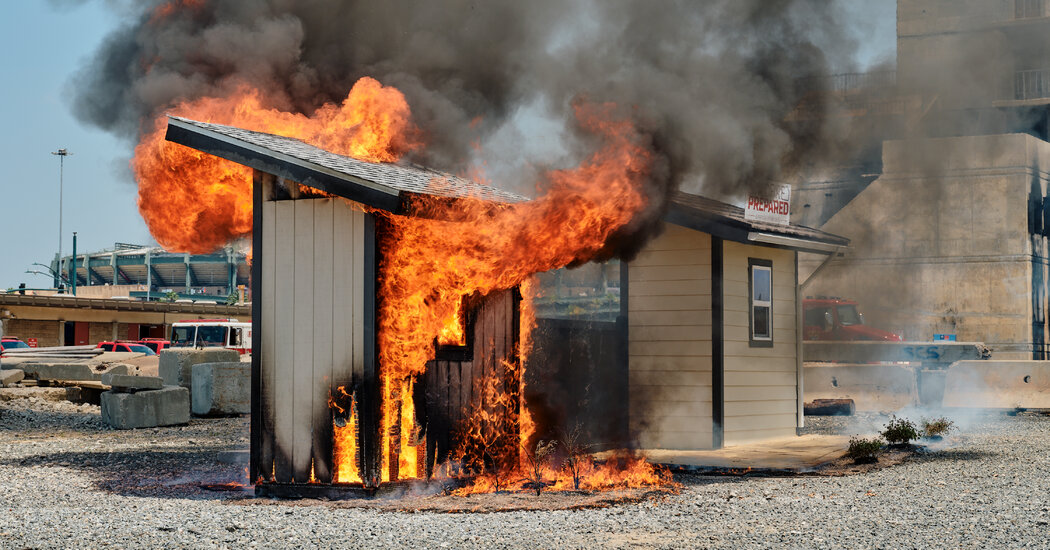- cross-posted to:
- usa@lemmy.ml
- cross-posted to:
- usa@lemmy.ml
This is the best summary I could come up with:
They are designed to simulate the conditions that help wildfires spread through neighborhoods and cause what the insurers call a “conflagration event,” like the one that killed 102 people and destroyed the town of Lahaina on Maui in Hawaii last August.
In California, where fires have consumed more than roughly 220,000 acres of land in just this year, major insurers like State Farm, Allstate and Farmers have all pulled back.
After Hurricane Andrew devastated part of South Florida in 1992, pressure from the insurance industry compelled homeowners and builders in the state to switch to stronger windows and roof ties.
Following the blaze, during a separate presentation, a landscape architect complained that builders were “not going to be happy” to have to cede valuable space around a house for a fire-resistant ring of concrete.
Owners are being asked to cut down trees, tear up shrubs, replace windows and gutters, and to remove wooden decks and fences and rebuild them with things made out of metal, stone or other noncombustible materials.
To assess their risk, insurance companies are using powerful prediction models, which synthesize information about rainfall, vegetation, wind, topography and human activity to make detailed analyses.
The original article contains 1,449 words, the summary contains 196 words. Saved 86%. I’m a bot and I’m open source!
“Powerful prediction models” = some guy’s spreadsheet with a few filters set and sorted by “amount paid to insuree” lool

